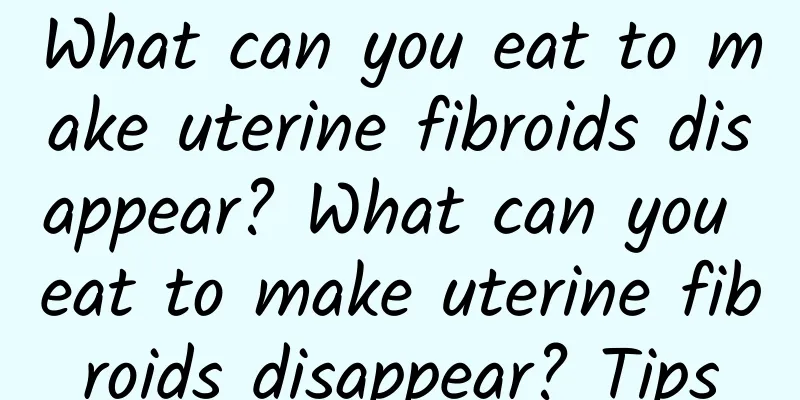What are the symptoms of cervicitis?

|
Cervicitis is one of the common gynecological diseases, which is more common in women of childbearing age. It is caused by damage to the cervix and invasion of pathogens, including inflammation of the cervicovaginal part and inflammation of the endocervical mucosa. Clinically, cervicitis is divided into acute and chronic, with chronic inflammation being more common. Acute cervicitis is mainly manifested by redness and swelling of the cervix and edema of the endocervical mucosa, often accompanied by acute vaginitis or acute endometritis. Chronic cervicitis has a variety of manifestations such as erosive changes, cervical columnar epithelial ectopia, cervical hypertrophy, cervical polyps, cervical glandular cysts, and cervical ectropion. The symptoms of cervicitis mainly include the following: 1. Acute cervicitis: increased leucorrhea, purulent, may be accompanied by pain in the lower abdomen and lumbosacral region, or bladder irritation symptoms such as frequent urination, urgency, and pain. Gynecological examination can show congestion and edema of the cervix, mucopurulent secretions attached, and even flowing out of the cervical canal. The cervical canal mucosa is brittle and easily induces bleeding. If it is Neisseria gonorrhoeae infection, due to the involvement of the paraurethral glands and Bartholin's glands, congestion and edema of the urethral and vaginal opening mucosa and a large amount of purulent secretions can be seen. 2. Chronic cervicitis: Leucorrhea is milky white mucous or light yellow purulent, and may be accompanied by vulvar itching or discomfort, or bleeding after sexual intercourse. Gynecological examination can show erosion-like changes in the cervix, or yellow secretions covering or flowing out of the cervical opening, and may also manifest as cervical polyps or cervical hypertrophy. Cervicitis can be cured through timely treatment. If relevant symptoms occur, it is recommended to seek medical treatment in time and follow the doctor's advice for treatment. At the same time, maintaining good living habits and hygiene habits is also an important means of preventing cervicitis. |
<<: What are the diagnostic criteria for chronic pelvic inflammatory disease?
>>: How is central amenorrhea diagnosed?
Recommend
Reasons why cervicitis often recurs after treatment
Cervicitis is difficult to cure completely, and r...
Does adnexitis affect fertility?
Does adnexitis affect fertility? Generally speaki...
What are the causes of uterine fibroids? Common hazards of uterine fibroids
Submucosal fibroids account for about 10% of uter...
Can cervical warts be transmitted through blood?
I believe that everyone is familiar with cervical...
What are the dangers of multiple abortions?
What are the dangers of multiple abortions? Do yo...
What medicine can cure influenza quickly in adults?
When adults have a cold, quick relief of symptoms...
Does adenomyosis affect fetal development?
Will adenomyosis affect the development of the fe...
What are the early symptoms of ovarian cysts?
What are the early symptoms of ovarian cysts? Exp...
Does painless abortion affect pregnancy? What are the precautions after abortion?
With the development of science and technology, t...
What are the dangers of congenital absence of vagina?
Many female friends are suffering from congenital...
Why does endometriosis cause dysmenorrhea?
Endometriosis is a common gynecological disease. ...
What causes cervical erosion?
Cervical erosion refers to the displacement of th...
Eating this way before and after exercise will double the fat burning effect
Before exercise, you should consume an appropriat...
Bananas help with weight loss, "this ingredient" is the star! Dr. Liu Boen: Five must-know benefits of resistant starch
When you are constipated, you immediately think o...
What are the dietary taboos for dysmenorrhea?
When dysmenorrhea occurs, you should avoid eating...









